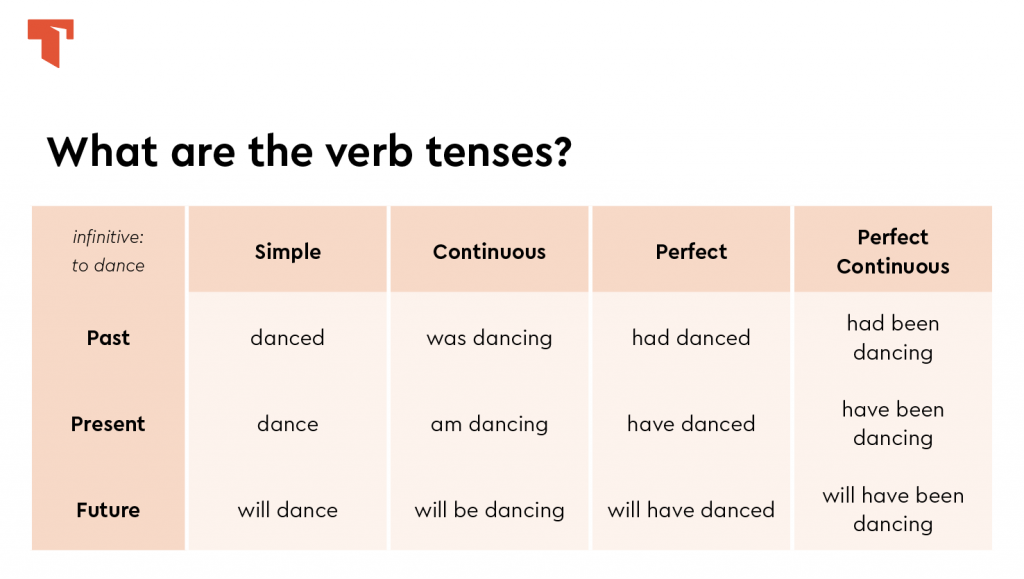Understanding the 12 tenses in the English language is crucial for effective communication. Each tense indicates the time at which an action takes place, helping to convey the exact meaning of a sentence. By mastering these tenses, you can enhance your writing and speaking skills.
The simple present tense is used to describe actions that happen regularly or facts that are always true. Example: She works in a bank.
2. Present Continuous Tense:
The present continuous tense is used to describe actions that are happening now. Example: They are playing football.
3. Present Perfect Tense:
The present perfect tense is used to describe actions that have just been completed. Example: I have finished my homework.
4. Present Perfect Continuous Tense:
The present perfect continuous tense is used to describe actions that started in the past and are still continuing. Example: He has been studying for hours.
5. Simple Past Tense:
The simple past tense is used to describe actions that happened in the past. Example: She went to the store yesterday.
6. Past Continuous Tense:
The past continuous tense is used to describe actions that were happening at a specific time in the past. Example: They were watching a movie when I called.
7. Past Perfect Tense:
The past perfect tense is used to describe actions that were completed before another action in the past. Example: She had already left when I arrived.
8. Past Perfect Continuous Tense:
The past perfect continuous tense is used to describe actions that had been ongoing for a period of time before another action in the past. Example: He had been working for five hours before he took a break.
Mastering the 12 tenses in English can greatly improve your ability to communicate effectively in both spoken and written forms. By understanding when and how to use each tense, you can convey your thoughts and ideas with precision and clarity. Practice using these tenses in various contexts to become more confident in your language skills.
